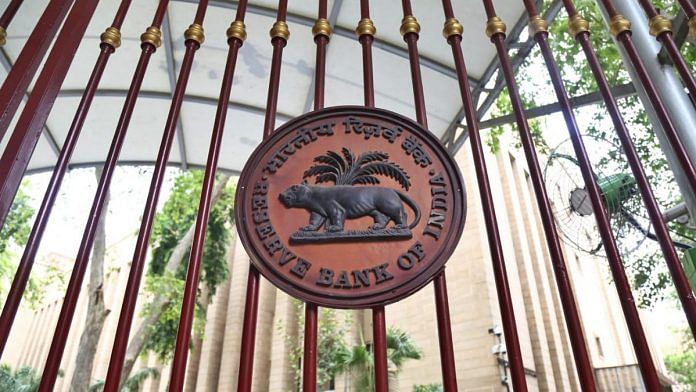New Delhi: The unconventional 35 basis-point rate cut isn’t the only thing the Reserve Bank of India is depending on to boost credit flow to the economy. RBI Governor Shaktikanta Das has also announced steps to incentivise banks to step up retail lending — a key factor that could push up consumption demand in the economy, which is facing a massive slowdown.
Between February and June, RBI announced three rate cuts amounting to 75 basis points, but banks reduced lending rates by less than 30 basis points, raising questions of monetary policy transmission.
At a press conference Wednesday, the RBI announced a relaxation in risk weights for all consumer loans, except for credit card receivables. A reduction in risk weights to 100 basis points from 125 basis points means the banks will have to set aside lesser funds to provide for these loans, thus ensuring better credit flow to these sectors at lower rates.
Governor Das said reduction in risk weights will help improve credit flow to these sectors. RBI Deputy Governor N.S. Vishwanathan pointed out that the risk weight for this segment was higher than what was mandated by Basel norms, and was actually brought in a few years ago when this segment saw excessive lending.
Besides credit to services, the personal loans segment is still one of the fastest-growing, despite a slowing growth since last year. Personal loans excluding credit card receivables grew at 16 per cent as of end-June this year, compared to around 17 per cent in the same period a year ago.

Easier flow of credit to NBFCs
RBI also allowed banks to categorise lending to NBFCs for further lending to some sectors like agriculture, MSMEs and housing as priority sector. This could encourage banks to lend to NBFCs to meet the priority sector lending targets mandated by RBI.
RBI said bank lending to NBFCs for further lending to agriculture (investment credit) up to Rs 10 lakh; micro and small enterprises up to Rs 20 lakh; and housing up to Rs 20 lakh per borrower can be classified as priority sector lending.
The RBI also allowed banks to have a higher exposure to a single NBFC — 20 per cent now instead of 15, in line with large exposure norms for other entities.
Defence of ‘unconventional’ 35 basis-point cut
Das also defended the RBI’s decision to go in for a 35 basis-point rate cut, pointing out that the Monetary Policy Committee felt a 25 basis-point cut may not be sufficient to boost growth. He said there is nothing “sacred” in multiples of 25, adding that the decision to not go for a 50 basis-point cut is not based on “gut feeling”, but a data-driven judgement call.
Also read: Modi govt shouldn’t bail out stressed NBFCs



